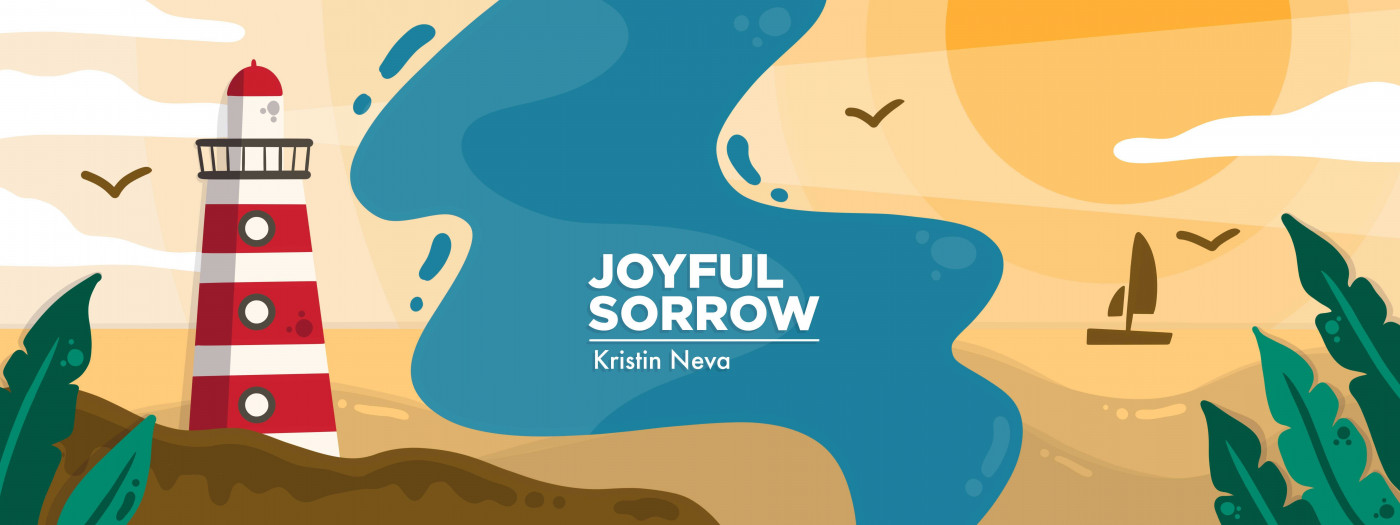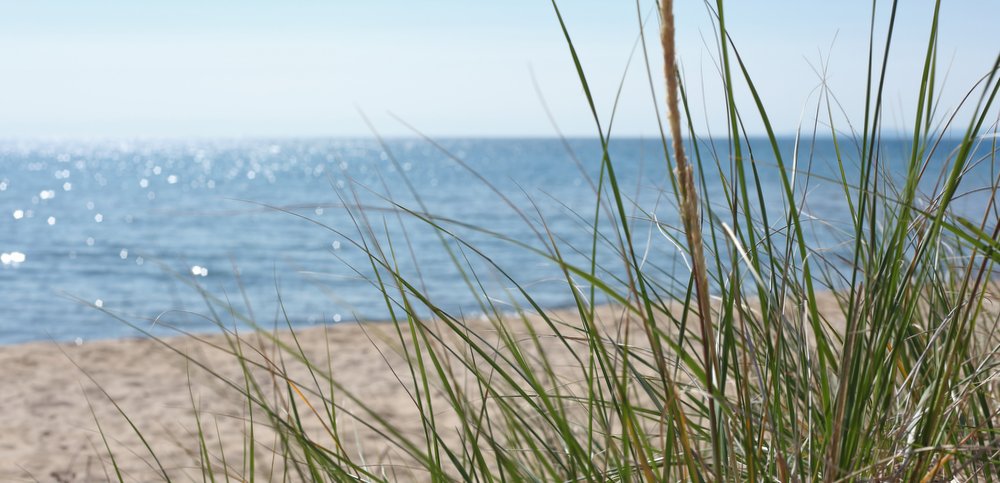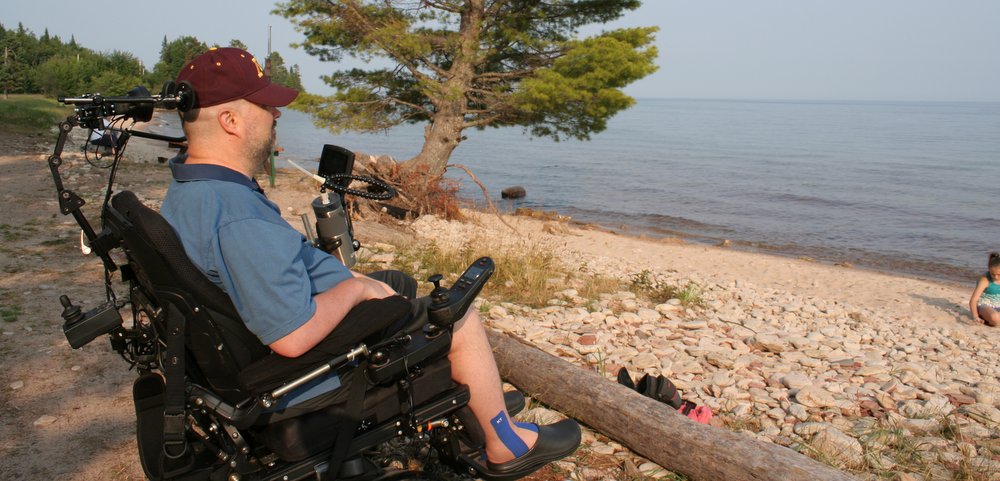A morning on the beach, reflecting on past visits and stages of ALS
With warm sand and wild blueberries, I see a history of disease progression

A couple years after my husband, Todd, was diagnosed with ALS, we moved to the Keweenaw Peninsula of Michigan to be near my parents. We had two small children at the time, so we’d explore the shores of Lake Superior for family outings.
We spent time at McLain State Park and its beach, which is protected by the breaker walls at the upper entrance to Keweenaw Waterway. We toured the northern shoreline of the peninsula and its rocky beaches, which are battered by the big lake. We found a favorite spot on Big Traverse Bay, a 35-minute drive from our home and on the east side of the peninsula, where waves deposit soft, sugary sand.
Today, 12 years later, my husband is paralyzed and homebound, and my kids are teenagers with busy lives. Until last week, it’d been years since I’d been to the beach on Big Traverse.
But last week my son needed a ride to a driver’s education class in a village about halfway from our house to Big Traverse. My mom had been taking him to class, but she was out of town. Since I can’t leave Todd unattended for that long, especially in the morning when the class was held, I hired a caregiver for him.
The weather was lovely, so while my son was in class, I drove the rest of the way to the bay to spend time on the beach. My morning was beautiful and relaxing. I walked from the parking lot down a sandy path to the lake, stopping to pick a few wild blueberries. As I lay on a towel on sun-warmed sand, I listened to the waves lapping onto the beach and thought of times I’d been there with my family.

The beach on Big Traverse Bay. (Photo by Kristin Neva)
Memories of yesteryear
The first time we visited, Todd was unsteady on his feet and would sometimes fall, but he could get off the ground with assistance. That summer he dared to go onto the beach by the water, but by the next year, he felt too unstable to walk to the water’s edge. He walked to a picnic table where he could still see the water, and I played with the kids within his view. By the third summer, he was in a power wheelchair, and he could only drive down a concrete path that ended short of the picnic table.
That summer we started to go to another beach that wasn’t as sandy, but its parking lot was right near the beach, so Todd could still be a part of the action.

Todd Neva in 2018. (Photo by Kristin Neva)
A couple years after that, the state park only 12 minutes from our home installed an accessible path down onto the beach, so that became our go-to spot.
Those different outings correspond to stages of ALS, and they all seem like different lives from the one we live now. It’s almost too much for Todd to ride in his accessible van down the driveway, much less go to a beach anymore, which is sad.
ALS was a part of all of those beach trips, but life was so different when Todd could still walk, and so different from when he could get out of the house in his wheelchair. And it’s so different now that he’s homebound.
I walked down the shore a ways, breathing in air cooled by Lake Superior, and I took in the beauty of glistening water.

Lake Superior shoreline. (Photo by Kristin Neva)
I picked and ate a few more blueberries on my way back to the parking lot, and then I headed to town to pick up my son and back home to care for Todd. It was a refreshing morning.
Note: ALS News Today is strictly a news and information website about the disease. It does not provide medical advice, diagnosis, or treatment. This content is not intended to be a substitute for professional medical advice, diagnosis, or treatment. Always seek the advice of your physician or other qualified health provider with any questions you may have regarding a medical condition. Never disregard professional medical advice or delay in seeking it because of something you have read on this website. The opinions expressed in this column are not those of ALS News Today or its parent company, Bionews, and are intended to spark discussion about issues pertaining to ALS.








Leave a comment
Fill in the required fields to post. Your email address will not be published.